Small Steps to Mega Results: How Students Turned Their School into a Hub of Green Innovation
In a world facing urgent environmental challenges, young people are proving to be powerful drivers of change. One inspiring example comes from Gimnazija Vukovar in Croatia, where students launched the project "Small Steps to Mega Results"—an ambitious green education initiative that combines science, technology, civic action, and community learning.
From Awareness to Action: The Roots of the Project
The Danube River, Europe’s second-longest river, flows through Vukovar—bringing beauty and life to the city, but also collecting pollution from ten different countries. Noticing an urgent need to address environmental issues in their local ecosystem, students and teachers decided to take action.
Their idea was clear: to investigate microplastic pollution in the Danube, raise public awareness about its risks, and create innovative, sustainable energy solutions that could inspire both the school and the wider community.
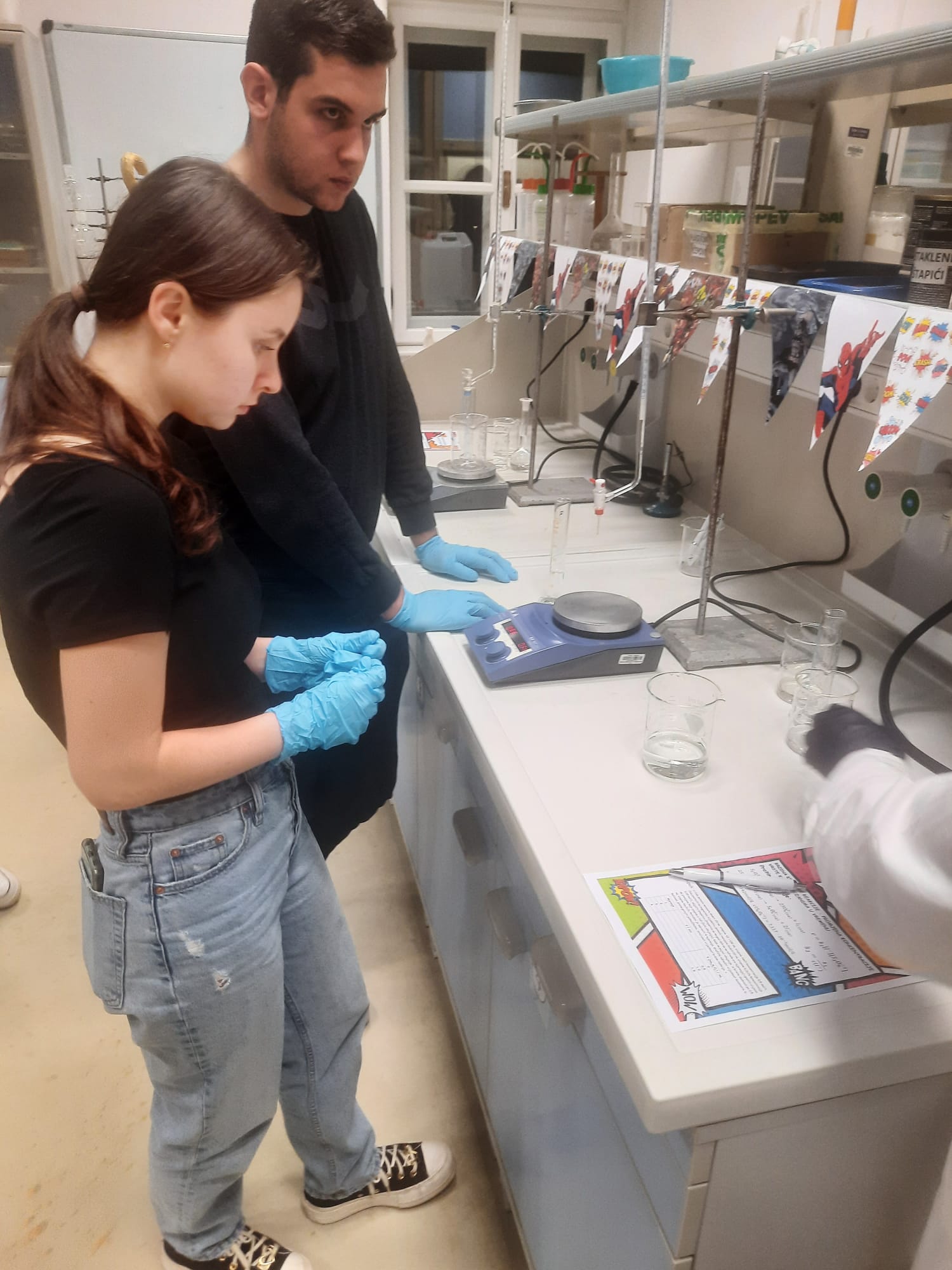

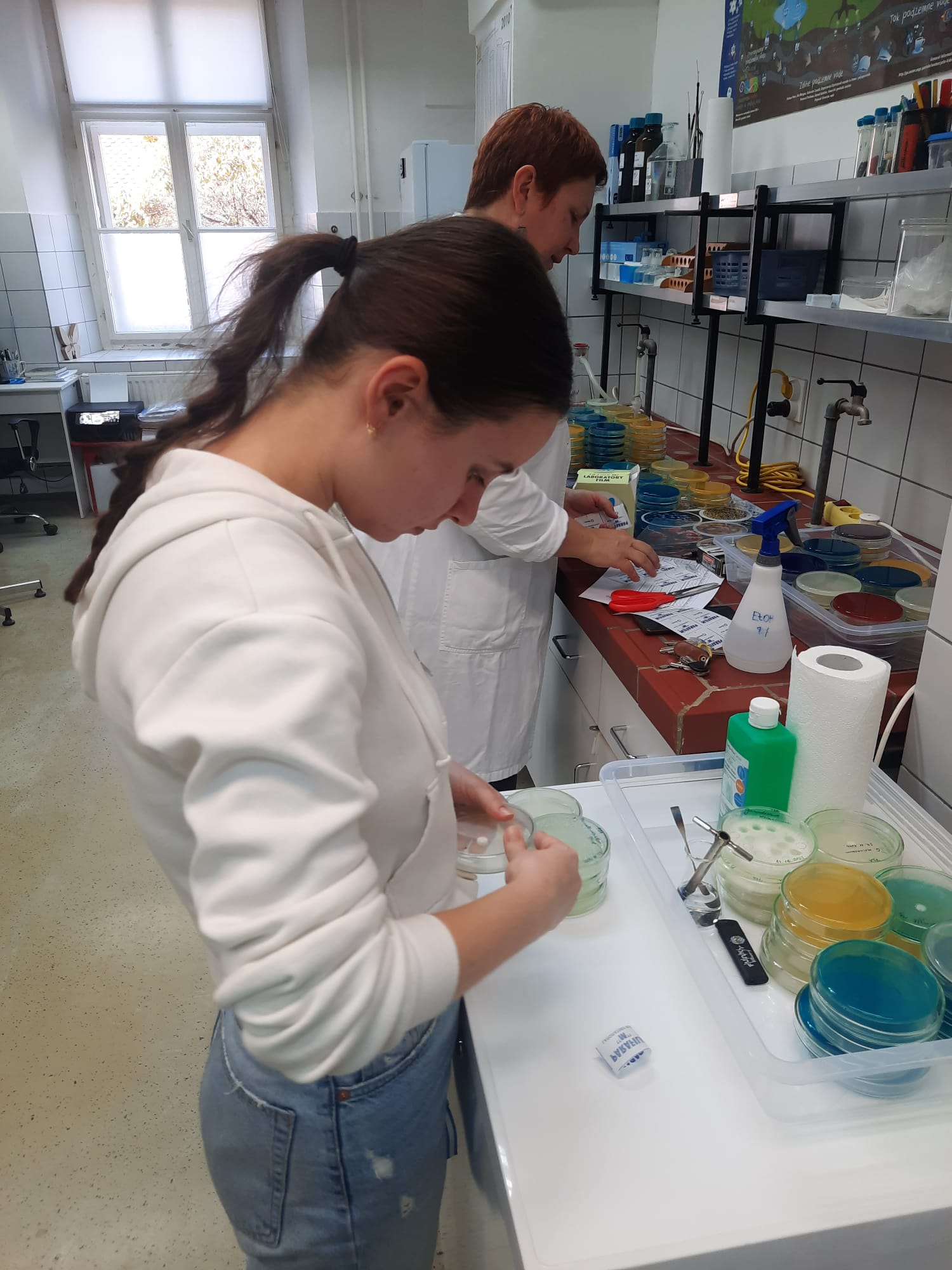
Real-World Learning Through Science and Technology
Students began by collecting and analyzing water samples from the Danube, in cooperation with local utility services and with laboratory support in Osijek. Using stereomicroscopes and separation techniques, they successfully identified and classified microplastic particles—gaining hands-on scientific experience while deepening their understanding of pollution, ecosystems, and climate impact.
But the project didn’t stop at research.
To demonstrate sustainable alternatives to fossil fuels, students designed and built two working models:
- A solar farm made of 10 interconnected solar panels, producing clean energy.
- A smart watermill powered by flowing water, equipped with a mini generator and IoT controls via DASDUINO and Blynk apps.
Both models were designed using 3D printing, electronics, and Arduino programming—turning the classroom into a fully functional maker space. The watermill also doubles as a potential educational-tourism tool, highlighting local heritage while promoting green innovation.
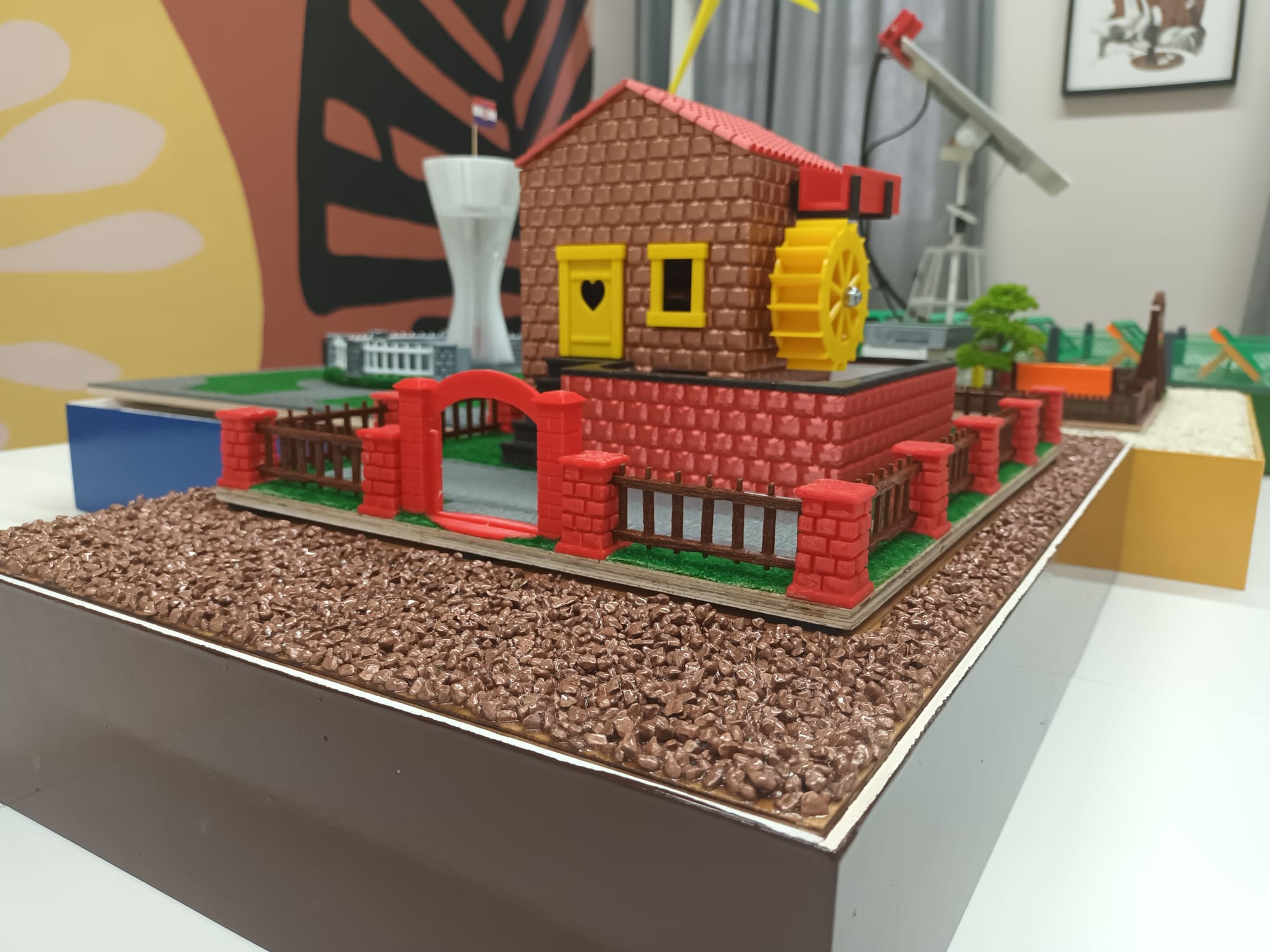
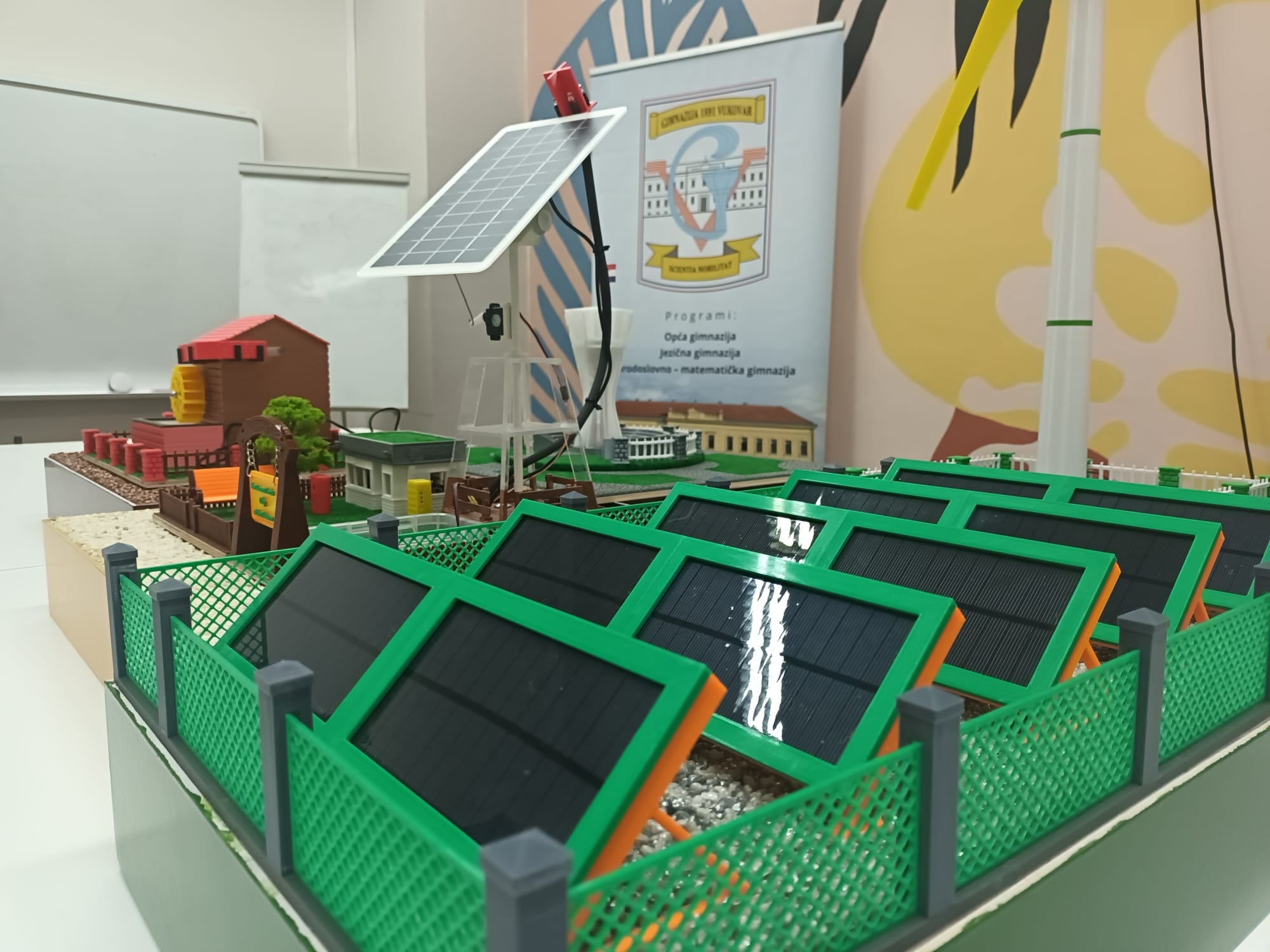
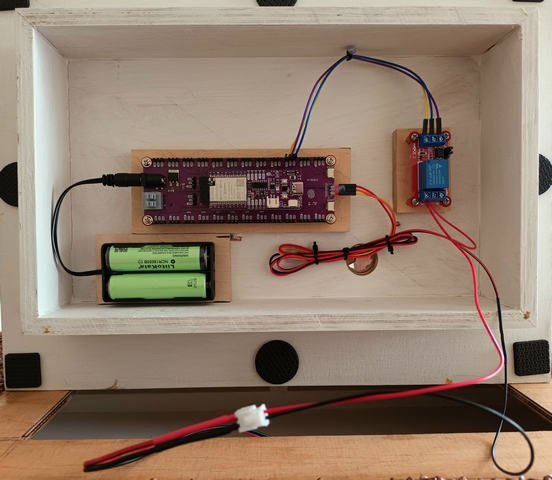
GreenComp in Action: Building Competences for the Future
The project is a living example of the GreenComp framework. Students practiced systems thinking by connecting microplastics to climate change, explored solutions through critical and exploratory thinking, and developed adaptability and personal initiative through collaborative, interdisciplinary work.
They didn’t just learn about sustainability—they lived it.
Education Beyond the Classroom
One of the most impactful aspects of the project was its outreach dimension. Students organized workshops and interactive exhibitions in local elementary and secondary schools, held public presentations, and produced digital brochures to spread environmental awareness. Clean-up actions along the Danube and Vuka rivers engaged not only students, but also parents, teachers, and community members.
By actively involving the city, local institutions, and citizens, the project fostered a sense of shared responsibility and civic engagement—proving that education can extend far beyond the classroom walls.


A Model for Green Learning
What sets this project apart is its interdisciplinary nature. It brings together chemistry, physics, informatics, environmental science, civic education, and sustainability under one vision. It uses a blend of learning methods: project-based learning, experiential and laboratory learning, community service, and student-led activities.
It has transformed Gimnazija Vukovar into a living lab for sustainability—where innovation, responsibility, and collaboration go hand in hand.
Looking Ahead: Lasting Impact
Although the project formally started in 2023, its impact is ongoing. The school continues to monitor water quality, promote green energy, and inspire new eco-initiatives. Plans are in place to collaborate with other schools along the Danube, expanding the project's reach across borders.
Above all, Small Steps to Mega Results has changed the mindset of everyone involved. Students became scientists, engineers, educators, and leaders. They developed not just knowledge, but agency. And they proved that even small actions—when guided by vision and commitment—can lead to truly mega results.

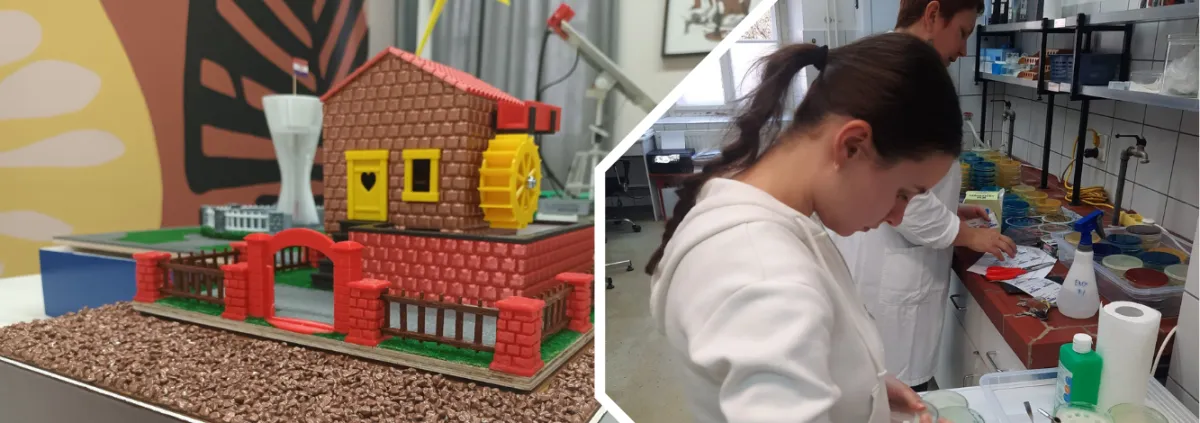
Hi Sanja. Thanks for sharing this, it’s an exciting project. Have you thought about submitting it to this year’s Education for Climate Annual Call? It fits all three themes, especially the first one about schools as living labs for sustainability. Find more information here: https://education-for-climate.ec.europa.eu/community/call-2025
Please log in or sign up to comment.